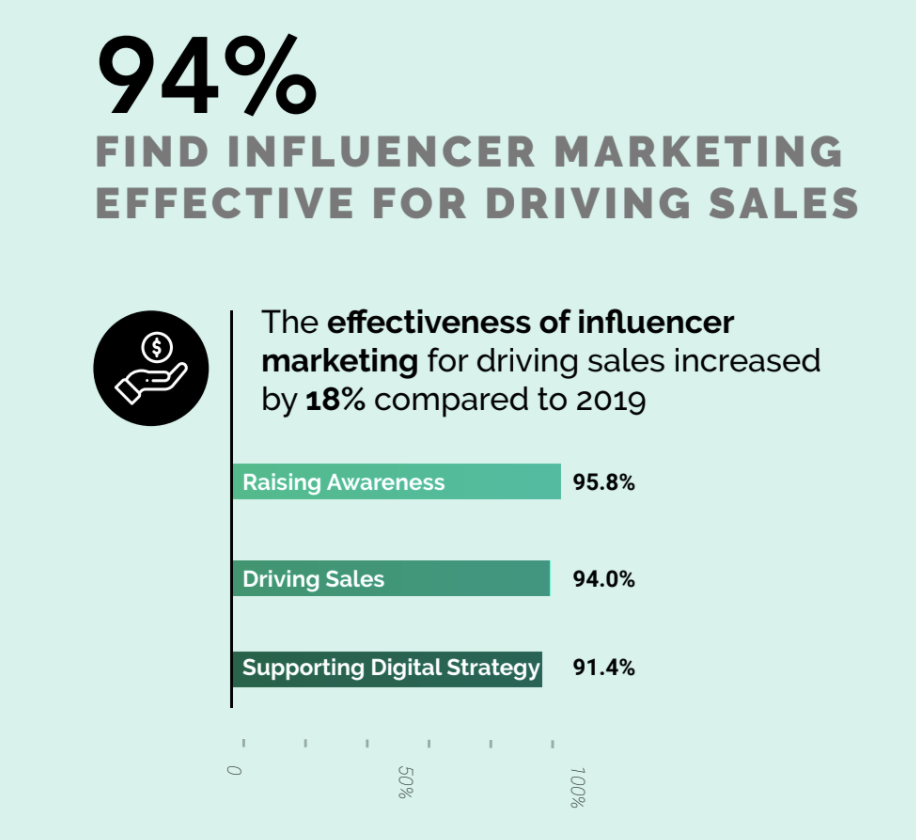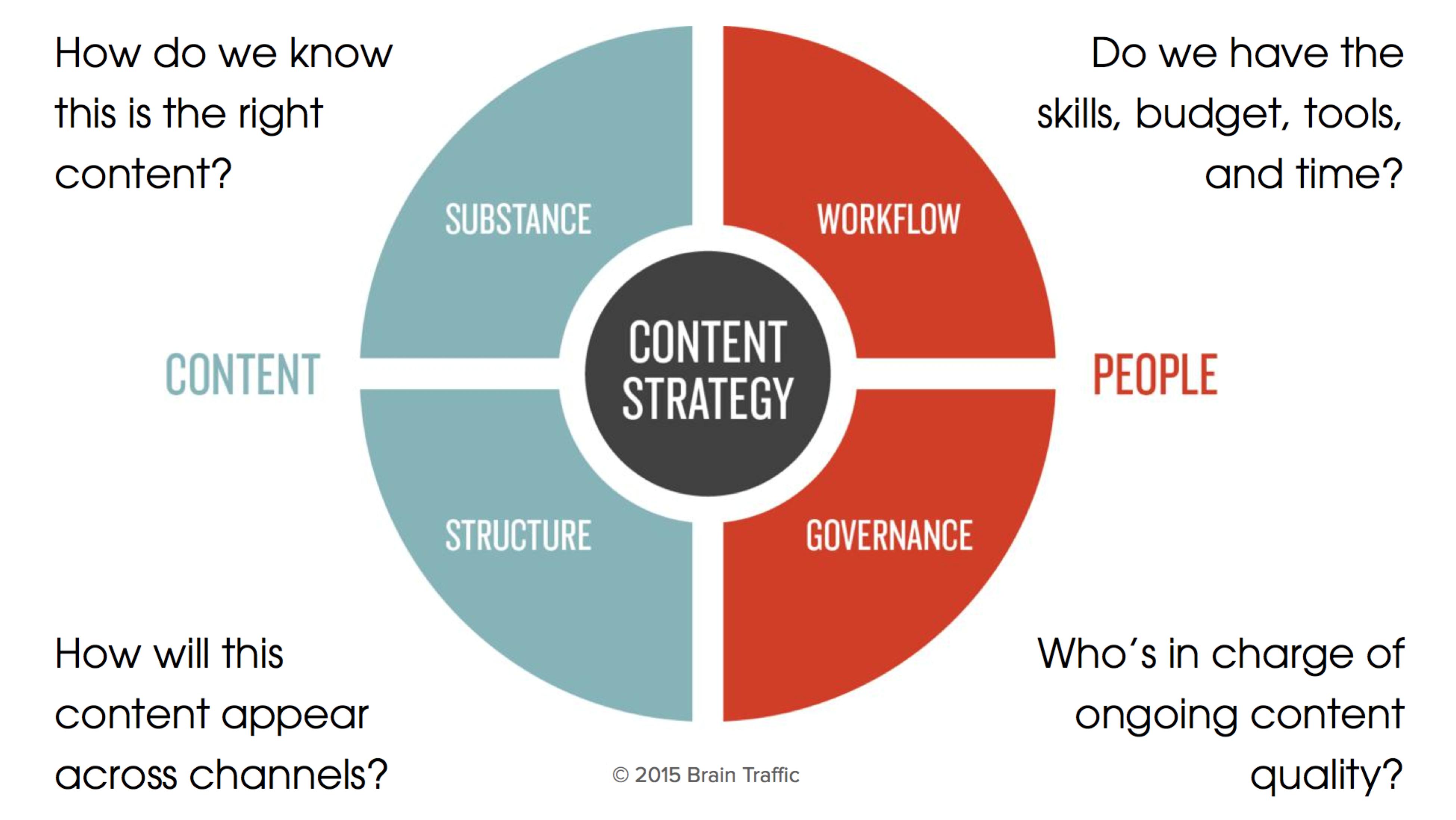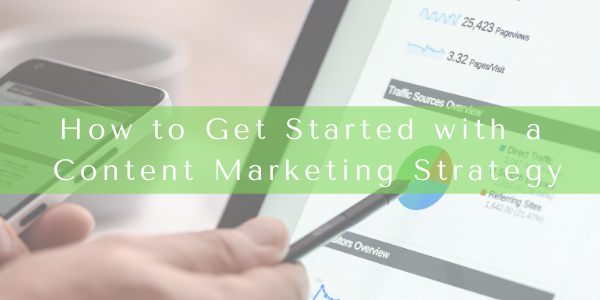
If you are unsure how often to post on Facebook, the first question you need to ask yourself is "How often will your audience find it interesting?" Your audience should understand the purpose of your posts. If your post has no connection to the values of your brand, people will be confused about what it is. Relevant posts increase social media's popularity and are more useful. If your post is completely irrelevant, your audience may lose interest and move onto other posts.
LinkedIn recommends posting at least three times a week
Posting on LinkedIn can be effective if you can optimize your content for a specific day of the week. According to studies, Wednesdays at 12pm have the best engagement rates. Also, Mondays, Fridays, and Saturdays are the least-used days. Usage on these days is also significantly lower. Though posting on LinkedIn every single day may not work for your brand, it can be a great way to increase engagement as well as boost your profile.
While LinkedIn recommends posting at least two to five times per week on its social network, you can also post as often as 20 times per month. Your resources and ability will determine how much content you publish, but generally it is better to post at least 3 times per week. Your posts should include both promotional and owned content. Posts should be made at the beginning of each week and not during business hours.

Twitter recommends posting at least 30 times per day
For optimal engagement on Twitter, you should post up to 30 times a day. You should remember that every audience is different. Nightclubs, for instance, won't have the traditional daytime audience. Instead, you'll see clusters of activity leading to the evening shows. Even if your tweets don't reach the entire audience, it will still be read by a substantial amount of them.
While you should post no more than 30 times per day on average, most people will be content with five or fewer tweets. However, the fourth or later tweets will typically have lower engagement. Posting more often will result in lower return on investment. If you have high engagement rates and many followers, posting more often is not always better. It doesn't matter how many tweets per day you use, it's important to consider your audience and their attention span.
Pinterest recommends posting once per day
Pinterest provides a lot information about how to use its algorithm to increase your pins. However, there are some guidelines you need to follow if you want the best results. It is best to post one pin per day. This number can increase as your audience grows. It is important to interact with your pins via their boards. But don't go overboard and don’t post too much content if you don't find your pins useful or spammy. Instead, focus on creating visually appealing content which is more attractive than a product.
Although you can pin multiple pins on Pinterest you should not spam the users. Try posting a maximum of 15 pins a day - this will not only increase your page's popularity, but will also reduce your chance of being unfollowed by people who don't want to see your content. Make sure you re-pin great content at the very least once per day. This will increase traffic and fulfill Pinterest's algorithm criteria.

Facebook recommends posting at least three times a week
Overposting on Facebook can be frustrating for followers and fans. Facebook states that the best posting frequency for your Facebook page is three to seven posts per week. But it's important to find the right balance between frequency, quantity, and both. Facebook's algorithm favors high-quality posts. Posting too often can look spammy. One rule of thumb: Post no more than 3 times per Week, increasing to 1 time per Day.
Different social media platforms have different posting habits. However, you can follow some guidelines that will help you get started. Posting on Facebook for business purposes should be limited to three to five posts per week. You can post as many times as you like on each platform, but don't feel pressured or under any circumstances.
FAQ
How do you create compelling content?
Great content can only be created if you write about something you are interested in. To be a successful writer, you must choose topics that are important to you. This involves understanding your personality and sharing that knowledge with others. You'll be amazed at how easy it is to create quality content when you write for yourself.
How long will it take for content marketing to be started?
It depends on how big your company is. Smaller businesses often don't have the resources to invest immediately in content marketing. However, it can pay off big-time if you're willing to put in some time.
What should I do to get started with content marketing?
Start by identifying the audience. Who are they? What are their needs? How can they be helped? How can you help them?
What is the ROI of a Content Marketing Strategy for me?
Businesses that use a Content Marketing Strategy have an average ROI of between 5x-10x higher than those that don't.
A Content Marketing Strategy is used to generate leads and sell.
It's also designed to provide valuable insights into your business. These insights can help you make better business decisions like identifying new opportunities or improving customer service.
So, if content marketing strategy is something you're interested in, here are some numbers:
It's possible to double your overall revenues.
What is Content Marketing without an Agency?
No! There are many online tools to help you create high-quality content. A premium price is also a common charge for agencies.
Statistics
- Content marketing produces 3X more leads per dollar spent. Content marketing costs 62% less than traditional marketing. (criteo.com)
- Companies that use content marketing see approximately 30% higher growth rates than businesses not using it. (mailchimp.com)
- To further show the importance of this, 89% of people have stopped doing business with a company because of a poor experience. (neilpatel.com)
- Forty-seven percent of buyers view 3 to 5 pieces of content before engaging with a sales representative. (mailchimp.com)
- Progress indicators (0–100%) allow each team member to see how attainable each goal is and understand what remains to be accomplished. (semrush.com)
- In fact, would pay more for a better customer experience, and 86% of B2B buyers would pay more. (neilpatel.com)
- According to our research, brand awareness, attracting traffic, and generating leads remain the key content marketing goals in 2022. (semrush.com)
- According to the Content Marketing Institute, 70% of B2B marketers and 86% of B2C marketers surveyed use content marketing in some form or other. (criteo.com)
External Links
How To
How to create stunning images
To make your content stand out from others, you should use images. Images are one way to communicate ideas visually. They can grab attention and increase engagement. They are great for communicating complex concepts clearly and effectively. ).
Images are a great way to bring life and energy into a piece of writing. If you don't know the best image to use for your job, you might end up with less striking results. This article will provide tips on how to choose the best images possible for your next project.
-
You need to know what makes an image look good. There are a few things to consider before you begin looking at photos. First, make sure you choose clear and concise images. A messy photo won't do the trick. It will not grab attention like a simple, clear image. Also, avoid photos where people aren’t smiling or looking directly into your camera. It gives off the impression that your message is not very interesting. It is important that your image does not distract from the main message you are trying convey. If the image draws too much attention away, it is probably not ideal.
-
Look for inspiration. After you have a list with potential candidates, it's now time to go through them all and pick the ones that appeal to your heart. Take a look through the captions. Some photographers include these in the photo, while others write them separately. Either way, you want to see whether the caption is interesting enough to read. Pay attention to what the photo is referring to. Are you expecting to see someone having fun in this photo? Maybe it seems dangerous. It might be a place that you would not normally associate with happiness. Whatever the reason for your liking the image, think about how it relates with the message you wish to convey.
-
Try different types images. One of the biggest benefits of using images in your content is that they allow you to highlight certain aspects of your text. For example, if you're writing about a particular product, you may want to show an image of the item in action. A similar image could be used to illustrate the information in an infographic. These kinds of visual aids will help draw readers closer to your information, as they'll feel more connected to what you're sharing.
-
The right file format is important. You must remember which file format you should use when choosing images. JPEG and GIF are the two most common file formats when designing web pages. Both of these file formats can be great, but each have their advantages and drawbacks. JPEG files will work with any media type, including websites or social media posts. They work particularly well for photos, as they store large amounts of data in a small space. GIFs can become blurred over time due to their loss of quality. GIFs can be used for graphics and animation because they are smaller than JPEGs. They do not support transparency so they are unsuitable as photos.
-
Add other visuals. If you're struggling to come up with ideas for images, then it'd be wise to include some additional visuals within your content. Because it creates a distraction-free space for your readers, this can greatly improve the effectiveness of your article. It makes it less likely for them to leave your page after reading your article. One of the best ways to add extra visuals to your site is by creating infographics. Infographics have become very popular as they are quick and easy ways to share many useful information. Additionally, infographics often include lots of photos, making them great for adding to your blog posts.